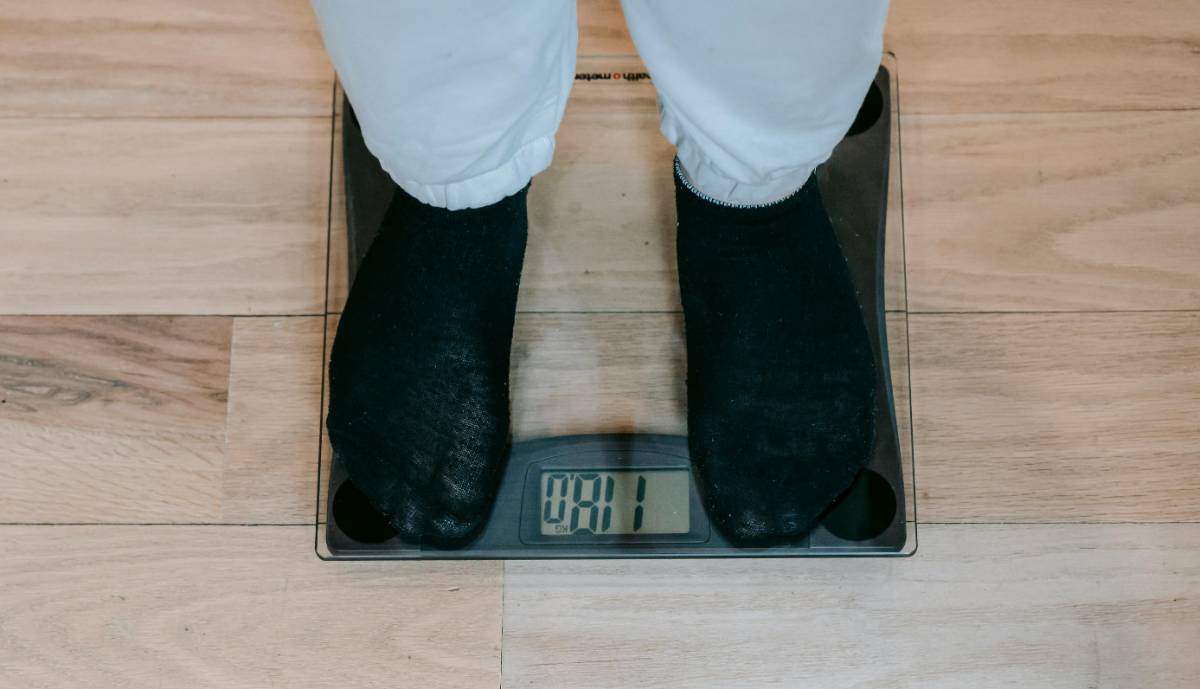How to Combine Healthy Eating and Effective Workouts for Optimal Results

5 min read
|20 May 2025Achieving optimal results from your fitness routine involves more than just hitting the gym or following a structured workout plan. Combining healthy eating with effective workouts is essential for maximizing performance, enhancing recovery, and achieving your fitness goals. Here’s how to integrate these two crucial components to get the best results from your efforts.
Understanding the Synergy Between Nutrition and Exercise
Nutrition and exercise work together to support overall fitness and health. Proper nutrition fuels your workouts, supports muscle growth, and aids in recovery, while exercise helps improve metabolism and overall health. By understanding the synergy between these two elements, you can create a balanced approach that enhances your results. Focus on a diet that provides the necessary nutrients to support your exercise routine and tailor your workouts to meet your specific fitness goals.
Plan Your Meals Around Your Workouts
Meal timing is important for optimizing the benefits of both nutrition and exercise. Aim to eat a balanced meal with carbohydrates, proteins, and fats about 1-3 hours before your workout to provide energy and support performance. After your workout, consume a meal or snack rich in protein and carbohydrates within 30-60 minutes to aid in muscle recovery and replenish glycogen stores. Planning your meals around your workouts ensures that you have the energy needed for optimal performance and recovery.
Choose Nutrient-Dense Foods
Nutrient-dense foods provide essential vitamins, minerals, and other nutrients that support overall health and fitness. Incorporate a variety of fruits, vegetables, whole grains, lean proteins, and healthy fats into your diet to meet your nutritional needs. These foods help fuel your workouts, support muscle repair, and improve overall well-being. Avoid processed and sugary foods, as they can hinder performance and recovery. Instead, focus on whole, unprocessed foods that provide the nutrients your body needs to perform at its best.
Stay Hydrated
Hydration is a key factor in both nutrition and exercise. Proper hydration helps maintain energy levels, supports muscle function, and aids in recovery. Drink water before, during, and after your workouts to stay hydrated and enhance performance. For intense or prolonged exercise, consider electrolyte-rich beverages to replenish lost minerals and maintain fluid balance. Monitoring your hydration levels and adjusting your intake based on your activity level and environmental conditions is essential for optimal results.
Balance Your Macronutrients
Macronutrients—carbohydrates, proteins, and fats—play distinct roles in supporting your workouts and overall fitness. Carbohydrates provide energy for exercise, proteins support muscle repair and growth, and fats contribute to long-term energy and hormone regulation. Aim to include a balanced mix of macronutrients in each meal to fuel your workouts and support recovery. Adjust your macronutrient intake based on your fitness goals, activity level, and individual needs to optimize performance and results.
Incorporate Post-Workout Nutrition
Post-workout nutrition is crucial for recovery and muscle growth. After exercise, focus on consuming a meal or snack that includes protein and carbohydrates to support muscle repair and replenish energy stores. Protein helps with muscle recovery and growth, while carbohydrates restore glycogen levels. Consider options such as a protein shake with fruit, a lean meat sandwich, or yogurt with granola. Ensuring adequate post-workout nutrition can enhance recovery and improve overall fitness outcomes.
Monitor Portion Sizes
Portion control is important for maintaining a balanced diet and achieving fitness goals. Overeating or undereating can affect your energy levels, performance, and overall progress. Pay attention to portion sizes and listen to your body’s hunger and fullness cues. Use tools such as food diaries or apps to track your intake and ensure you’re consuming the right amounts of nutrients to support your workouts and overall health.
Adjust Your Diet Based on Your Workout Routine
Your dietary needs may vary depending on your workout routine and fitness goals. For example, if you’re focusing on building muscle, you may need to increase your protein intake to support muscle growth. If you’re aiming for weight loss, adjusting your calorie intake and focusing on nutrient-dense foods can help achieve your goals. Regularly assess your progress and make adjustments to your diet and workout routine as needed to stay on track and achieve optimal results.
Get Enough Rest and Recovery
Rest and recovery are essential components of both nutrition and exercise. Ensure you’re getting adequate sleep and allowing your body time to recover between workouts. Proper rest supports muscle repair, hormone regulation, and overall health. Incorporate rest days into your workout routine and prioritize sleep to support your fitness goals and overall well-being.
Seek Professional Guidance
If you’re unsure how to combine healthy eating and effective workouts for optimal results, consider seeking guidance from a registered dietitian or certified fitness trainer. These professionals can provide personalized advice based on your individual needs, goals, and preferences. They can help you develop a balanced approach that aligns with your fitness routine and supports your overall health and performance.
By effectively combining healthy eating with your workout routine, you can achieve better performance, enhanced recovery, and overall fitness success. Focus on nutrient-dense foods, balance your macronutrients, stay hydrated, and adjust your diet based on your fitness goals. With the right approach, you’ll be able to maximize your results and maintain a healthy, balanced lifestyle throughout your fitness journey.
MORE ARTICLES

2 min read | 02 May 2025
How to Choose the Right Nail Care Products
Selecting the right nail care products can significantly impact the health and appearance of your nails. With a wide array of options available, it can be overwhelming to know which products are best suited for your needs. Understanding the different types of nail care products and their benefits can help you make informed decisions and achieve healthy, beautiful nails. In this article, we’ll guide you through the essential factors to consider when choosing nail care products and provide recommendations for various nail concerns.

5 min read | 01 May 2025
The Benefits of Regular Manicures
Regular manicures offer more than just a polished appearance. They provide numerous benefits that contribute to both the health of your nails and your overall well-being. Whether you opt for a professional salon treatment or perform them yourself at home, incorporating regular manicures into your routine can lead to significant improvements in the condition of your nails and hands. In this article, we’ll explore the various advantages of regular manicures and why they’re a worthwhile investment in your self-care regimen.

5 min read | 30 Apr 2025
How to Care for Dry, Cracked Hands
Dry, cracked hands can be a frustrating and painful issue, especially in colder months or after frequent hand washing. Understanding how to properly care for your hands can help alleviate discomfort and prevent further damage. In this article, we’ll explore effective strategies and remedies for managing dry, cracked hands and keeping them healthy and hydrated.

2 min read | 29 Apr 2025
Natural Alternatives to Shaving Cream
Shaving cream is a staple in many grooming routines, but natural alternatives can offer equally effective results while avoiding synthetic chemicals. Natural options can provide similar benefits to traditional shaving creams, such as lubrication and skin protection, without the added artificial ingredients. In this article, we'll explore several natural alternatives to shaving cream, highlighting their benefits and how to use them for a smooth, comfortable shave.

2 min read | 28 Apr 2025
How to Maintain a Clean Shave on the Go
Maintaining a clean shave while traveling or on the go can be challenging, but with the right techniques and tools, it's entirely feasible. Whether you’re on a business trip, vacation, or just away from home, having a grooming routine that keeps you looking sharp without compromising on quality is crucial. This guide offers practical tips and tricks for achieving and maintaining a clean shave while you’re on the move.

2 min read | 27 Apr 2025
Best Practices for Grooming Sensitive Areas
Grooming sensitive areas requires a careful approach to avoid irritation and discomfort. Whether you're trimming, shaving, or removing hair in delicate regions, adopting the right techniques and using appropriate products can make all the difference. This guide will help you navigate best practices for grooming sensitive areas to ensure a smooth, irritation-free experience.
RECENT POSTS
1
Understanding Macronutrients and Micronutrients for Weight Loss
4 min read | 01 Mar 20252
The Role of Nutrition in Supporting Your Workout Routine
3 min read | 30 May 20253
Seasonal Workout Routines to Keep Your Fitness Fresh
2 min read | 29 May 20254
How to Avoid Common Mistakes in Your Workout Routine
4 min read | 28 May 20255
Effective Core Workouts for Strength and Stability
2 min read | 27 May 20256
How to Include Functional Training in Your Fitness Regimen
5 min read | 26 May 2025MORE POSTS

Tracking Progress: Beyond the Scale
8 min read | 12 May 2025
How to Effectively Use a Food Diary
8 min read | 11 May 2025
The Benefits of Using a Fitness Tracker
8 min read | 10 May 2025
How to Adapt Weight Loss Strategies for Aging Bodies
6 min read | 09 May 2025
Guidelines for Weight Management with Heart Conditions
7 min read | 08 May 2025
